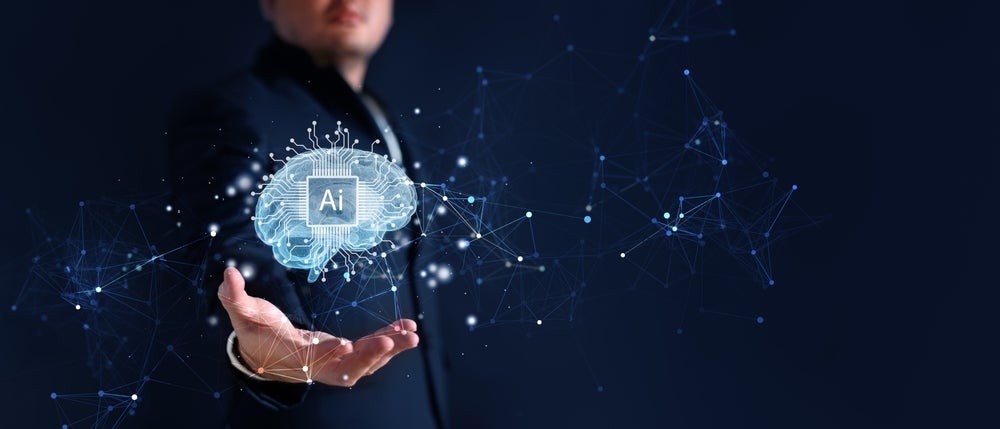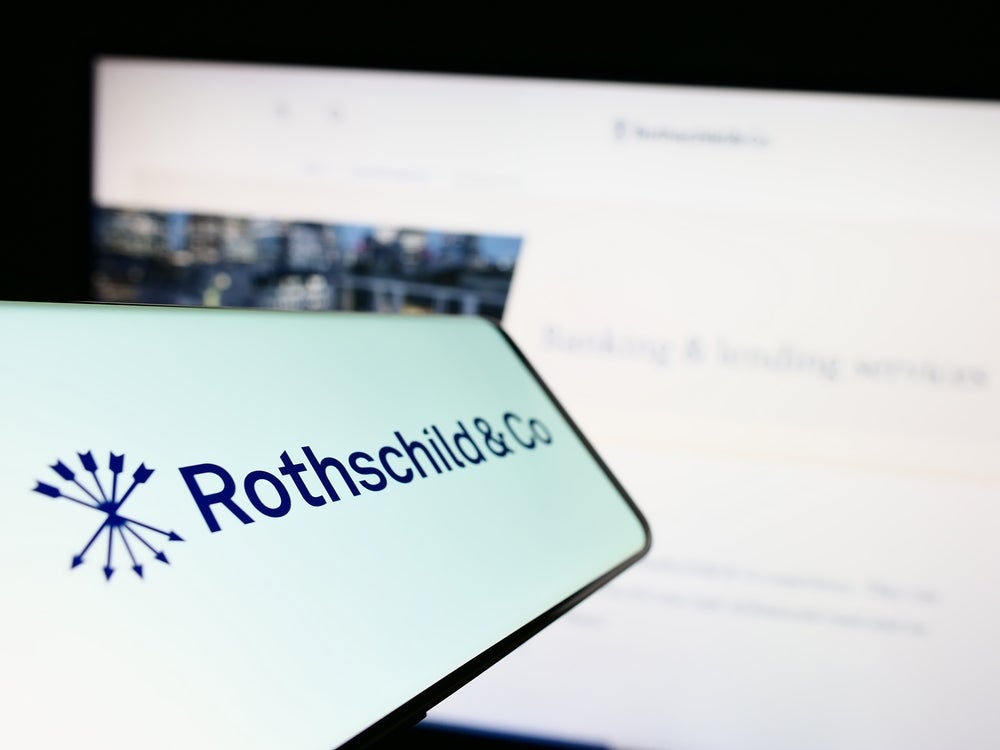JPMorgan Chase & Co has been granted a patent for a method of controlling access to a set of data in a database. The method involves receiving a request from an agent to access the data, extracting an access criterion from the request, and determining whether the agent is granted access based on the criterion. The access criterion is based on an attribute associated with an element within the data. The method is implemented using at least one processor and is applicable to graph databases. GlobalData’s report on JPMorgan Chase & Co gives a 360-degree view of the company including its patenting strategy. Buy the report here.
According to GlobalData’s company profile on JPMorgan Chase & Co, Retail trading platforms was a key innovation area identified from patents. JPMorgan Chase & Co's grant share as of September 2023 was 90%. Grant share is based on the ratio of number of grants to total number of patents.
Controlling access to data in a graph database
A recently granted patent (Publication Number: US11775663B2) describes a method for controlling access to a set of data using a graph database. The method involves receiving requests from agents to access the data and extracting access criteria from these requests. The access criteria include agent identification information and terminal information. The method then determines whether the agent should be granted access to the data based on the access criteria, which are associated with attributes of the data.
The patent also includes additional claims for a computing device configured to implement this method. The computing device includes a processor, memory, and a communication interface. The processor receives requests from agents to access the data and extracts access criteria from these requests. It then determines whether the agent should be granted access based on the access criteria, which are associated with attributes of the data. The processor can also define a metamodel for control objectives, determine a data framework based on the requests, and express the metamodel in the determined data framework.
The metamodel mentioned in the patent includes various classes such as policy, asset specification, party specification, action specification, rule, and constraint. The control objectives can include rules that define desired control outcomes for a set of participants. The access criteria are linked to the control objectives based on the attributes of the data.
The attributes used in the access criteria can be derived from physical data models, logical data models, business taxonomies, and data lineages. Physical data models represent systems that store and manage the data, while logical data models represent application-level descriptions of the data. Business taxonomies provide enterprise-level classifications of the data based on predetermined data access policies, and data lineages provide lifecycle information for the data.
The predetermined data access policy can correspond to various requirements, including business, regulatory, customer, and operational requirements.
Overall, this patent describes a method and computing device for controlling access to data using a graph database and associating access criteria with attributes of the data. The method allows for the definition of control objectives and the use of various data models and taxonomies to determine access criteria.
To know more about GlobalData’s detailed insights on JPMorgan Chase & Co, buy the report here.
Data Insights
From

The gold standard of business intelligence.
Blending expert knowledge with cutting-edge technology, GlobalData’s unrivalled proprietary data will enable you to decode what’s happening in your market. You can make better informed decisions and gain a future-proof advantage over your competitors.







